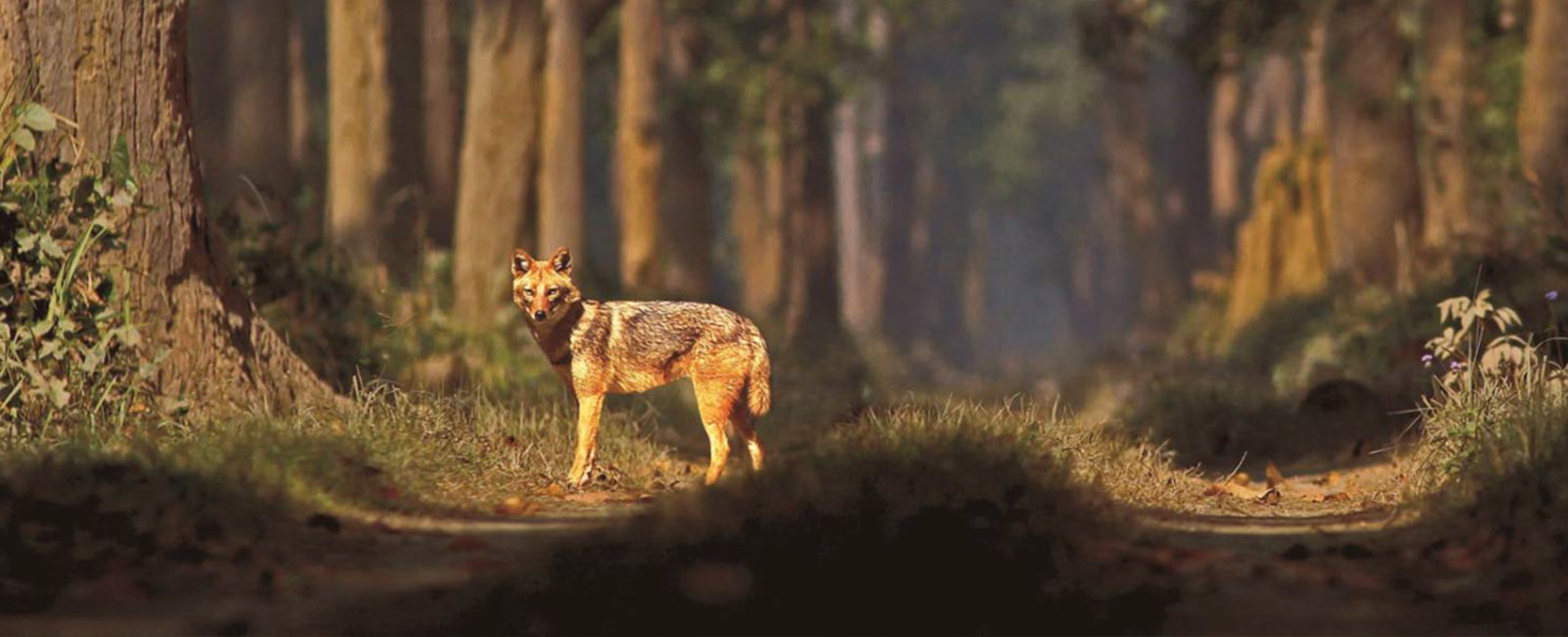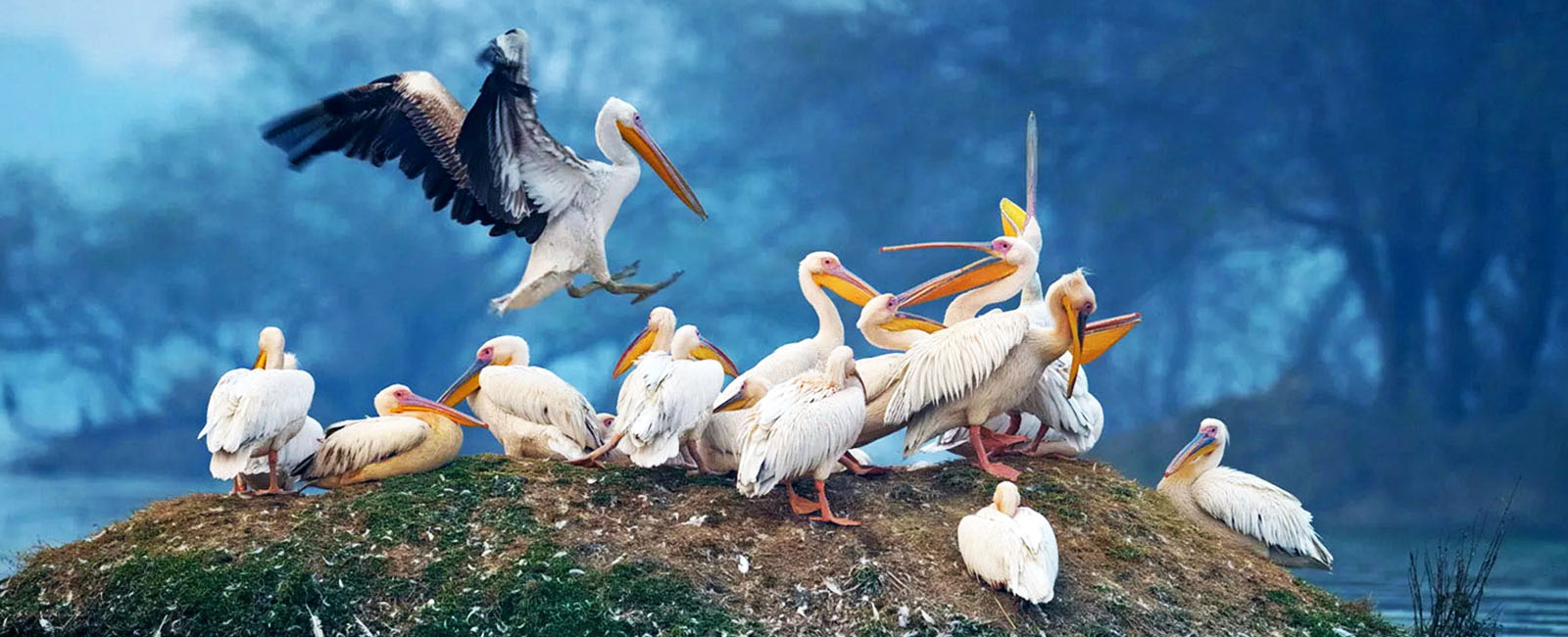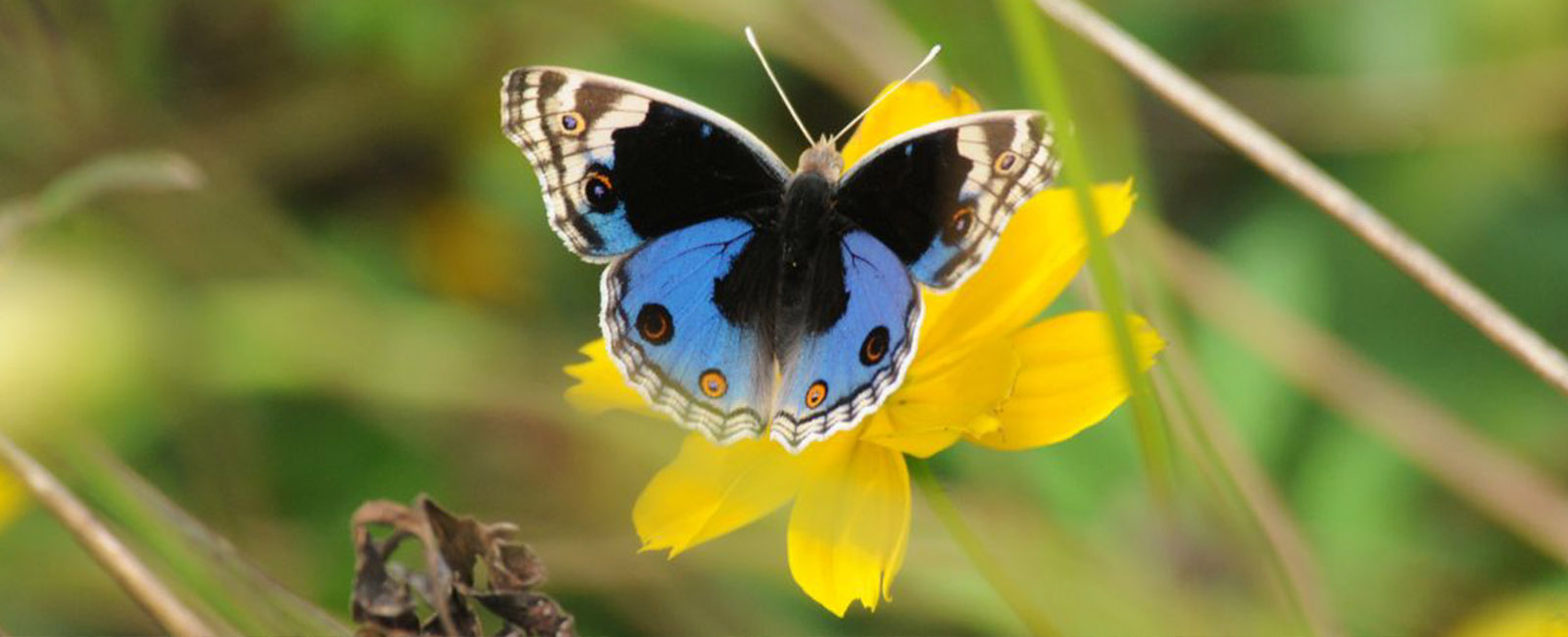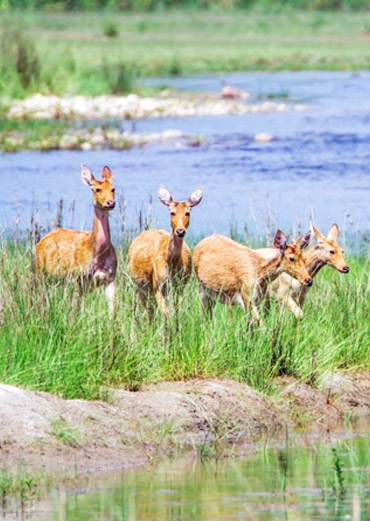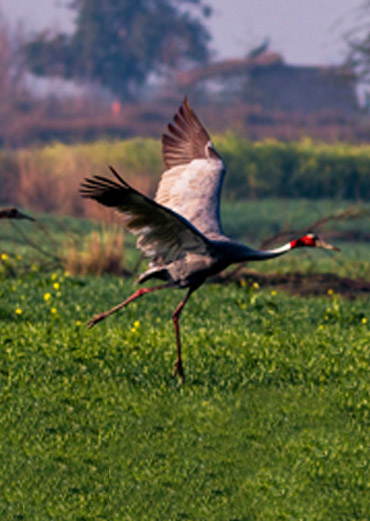
Dudhwa National Park
Dudhwa National Park is a protected area in the state of Uttar Pradesh, India, that was established in 1977. The park covers an area of 490 square kilometers and is located in the district of Lakhimpur Kheri, along the Indo-Nepal border.
The history of Dudhwa National Park dates back to the early 20th century when the area was used as a hunting ground by the British rulers of India. In 1958, the area was declared a wildlife sanctuary by the government of Uttar Pradesh, with the aim of protecting the swamp deer population, which was facing the threat of extinction.
In 1977, the sanctuary was upgraded to a national park, and additional areas were added to the protected area. The park was also declared a tiger reserve in 1987, as the area was found to have a significant population of Bengal tigers.
Today, Dudhwa National Park is home to a diverse range of wildlife, including tigers, leopards, elephants, sloth bears, and over 450 species of birds. The park is also known for its unique ecosystem, which includes grasslands, swamps, and dense forests.
Conservation efforts at Dudhwa National Park have included habitat restoration and the reintroduction of several endangered species, including the swamp deer and the barasingha, a species of deer that was once on the verge of extinction. The park has also been recognized for its eco-tourism initiatives, which aim to promote sustainable tourism and support the local economy while preserving the natural environment.
Dudhwa Tiger Reserve is a protected area in the Terai region of Uttar Pradesh, India. It was established in 1988 and covers an area of 1,284 square kilometers, including the Dudhwa National Park and Kishanpur Wildlife Sanctuary. The reserve is known for its rich biodiversity, with a variety of flora and fauna, including the Bengal tiger, Indian rhinoceros, swamp deer, leopard, and many species of birds.
The Dudhwa National Park is a popular tourist destination, known for its beautiful grasslands, dense forests, and water bodies. Visitors can take safaris and explore the park to spot wildlife and enjoy the natural beauty of the area. The Kishanpur Wildlife Sanctuary is also a popular attraction and is known for its diverse range of bird species.
The Dudhwa Tiger Reserve is an important conservation area, and efforts are being made to protect the endangered species that call it home. The reserve is also working to improve the livelihoods of local communities and promote ecotourism as a sustainable means of development.
The Website of Jim Corbett National Park is www.jimcorbettnationalpark.in. This Website provides all the necessary information about the park, including its history, location, flora and fauna, accommodation options, and activities to do inside the park. Visitors can also book their stay and safaris through the website.

